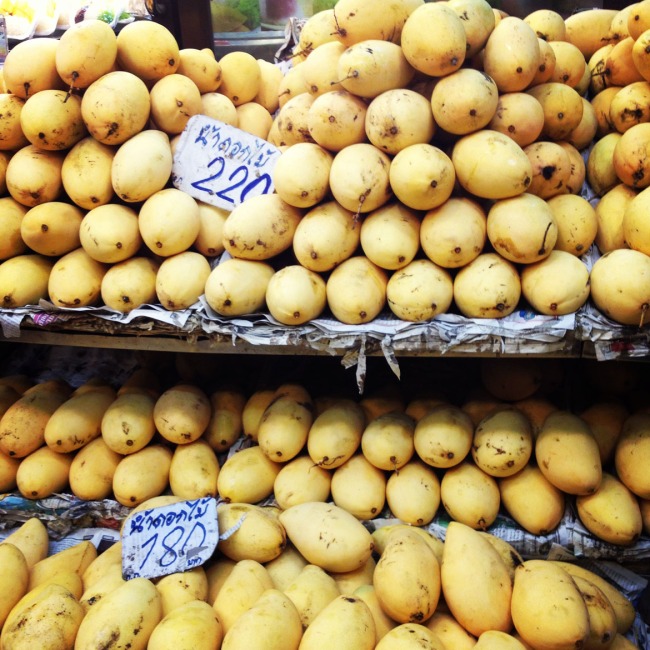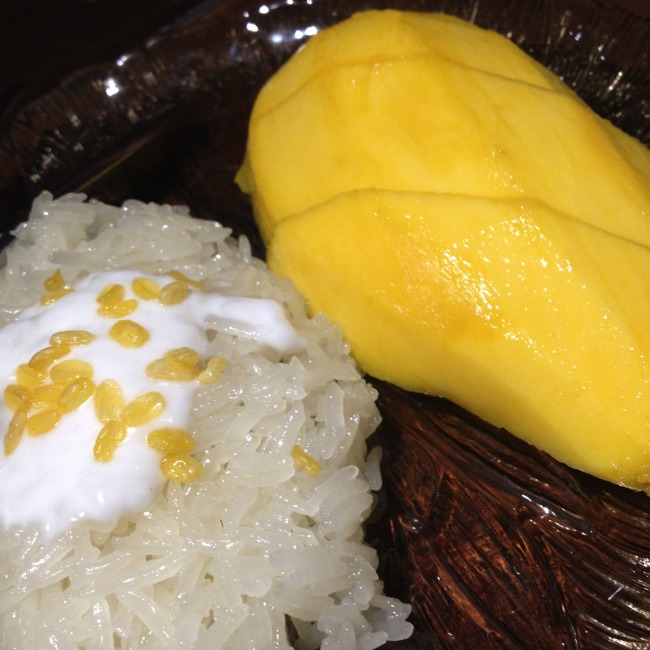I’m not a big fan of China and my routine visit to Kunming every alternate year is strictly business. However, I’ve learnt to find a single thing of beauty in the destination and focus on it, so as to reduce the pain of being there.
And that single thing of beauty is a noodle dish that everyone in the city – throughout Yunnan province, in fact – knows and loves.
It is called 过桥米线, pronounced guo qiao mi xian. In English, the name means ‘cross the bridge noodle’.
It is not a pretty dish to look at, with all ingredients carelessly mixed up in a broth so oily that it makes your arteries and heart whimper in fear.
But it makes a tasty meal, provided the cook gets the broth right and the ingredients are fresh since they are cooked right there and then in the boiling hot broth.
Plus, the story behind it is quite interesting.
A long time ago, in ancient China, there was a scholar who was buried deep in his books prior to the imperial exams. For some strange reason, he chose to revise his books in a place far from home and his wife had walk a long distance just to deliver him his dinner. By the time she got to him, his dinner would be cold. The smart woman, however, discovered that oil was a good heat insulator. So she poured a layer of oil over the broth, and kept the rice noodles and other ingredients in separate bowls, only to add them all into the broth after she gets to her husband.
And because she had to cross a bridge on every trip, the noodles was called ‘cross the bridge noodles’.
This story also explains why the noodle dish looks like a mess – because one has to mix everything in the soup bowl and stir.
‘Cross the bridge noodles’ is therefore served with all ingredients separate. For a party of five, our plates of raw quail eggs, assorted mushrooms and vegetables, deep fried pork lard, chrysanthemum petals, raw pork, raw chicken and ham made a pretty tall tower.
Each of us took a serving of each item and tossed them all into a huge bowl of piping hot, oily broth. A quick moment later, in went the pre-cooked rice noodles.
Yummy, especially when the weather is a cool 10°C outside… and inside too, since most public buildings in Kunming does not come with internal heating.
The Brothers Jiang chain of restaurants is renowned for serving up tasty bowls of ‘cross the bridge noodles’ at very affordable prices. The most basic version with minimal ingredients costs RMB18 (S$3.70); while the most extravagant option with a variety of meats and seafood costs RMB88. The fancy option, by the way, is named 状元, or top scholar.
We ordered the second priciest version, one that comes with plenty of local wild mushrooms, which Yunnan is also famous for. It costs RMB55 a bowl. Cheap and good. :)
Word of warning – English is not spoken here and don’t expect the eatery to be spick and span. It is really a place for the locals.
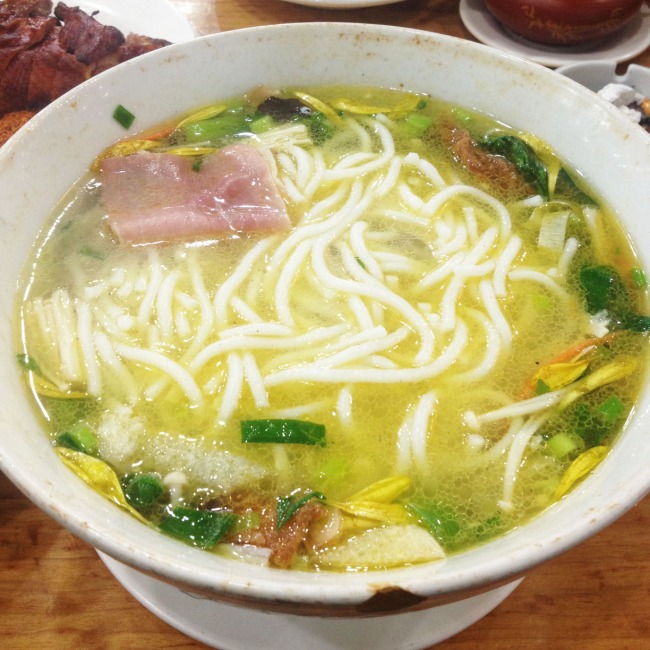
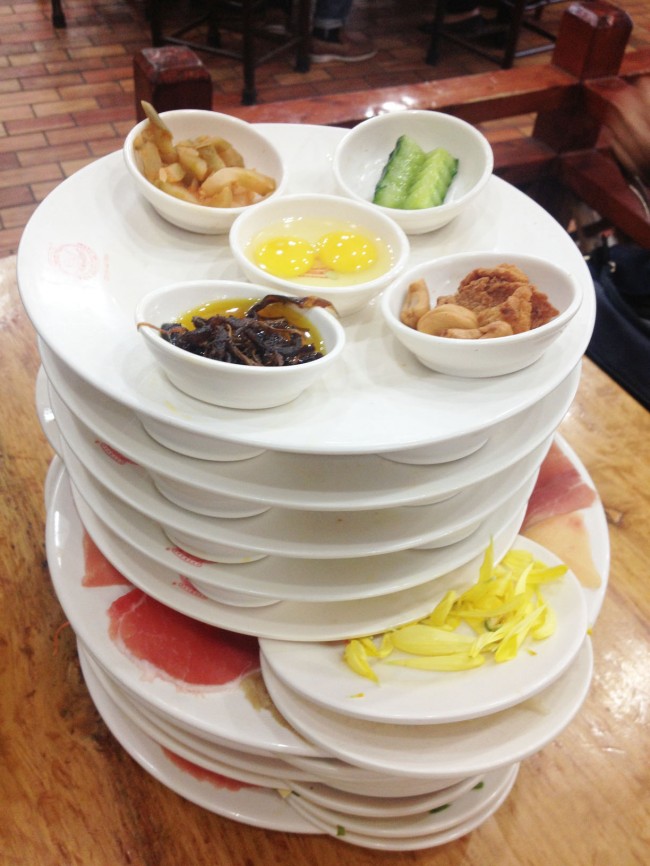


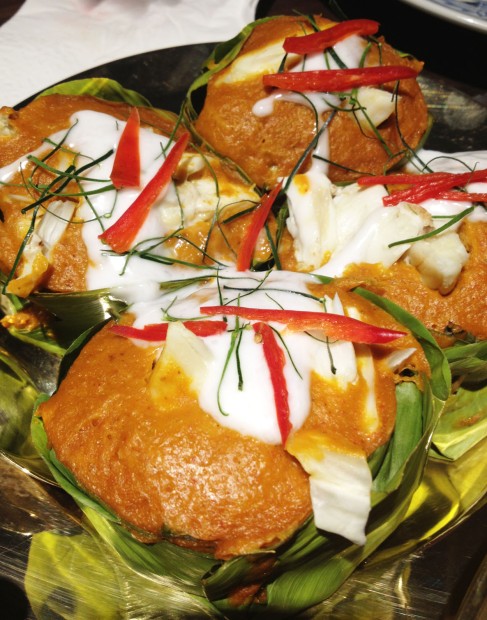 My army of hungry companions and I ordered every item from this menu, as well as several dishes from the regular selection, and went to heaven with every morsel we savoured. The crab dishes were done so well that we ordered second rounds.
My army of hungry companions and I ordered every item from this menu, as well as several dishes from the regular selection, and went to heaven with every morsel we savoured. The crab dishes were done so well that we ordered second rounds.